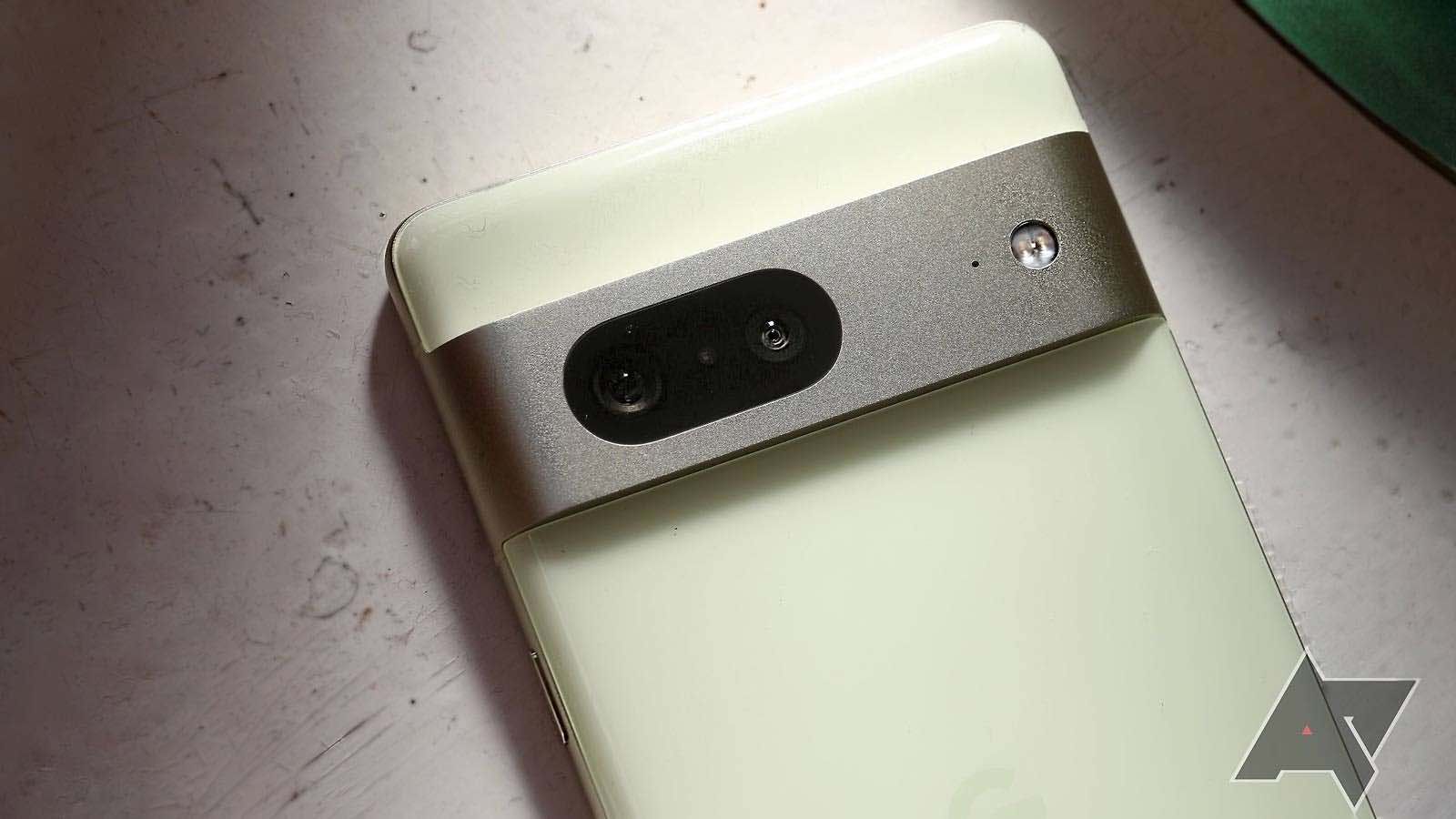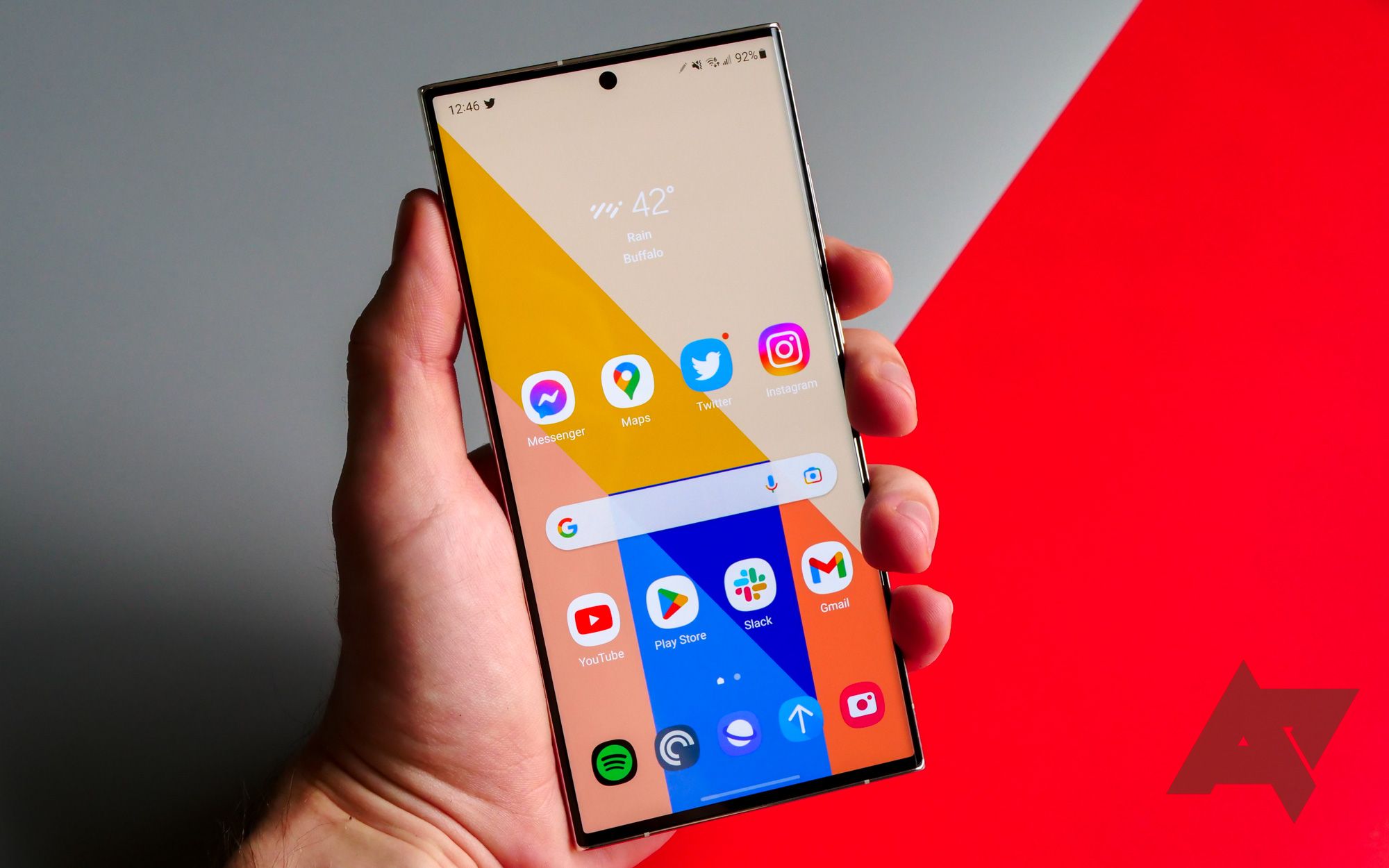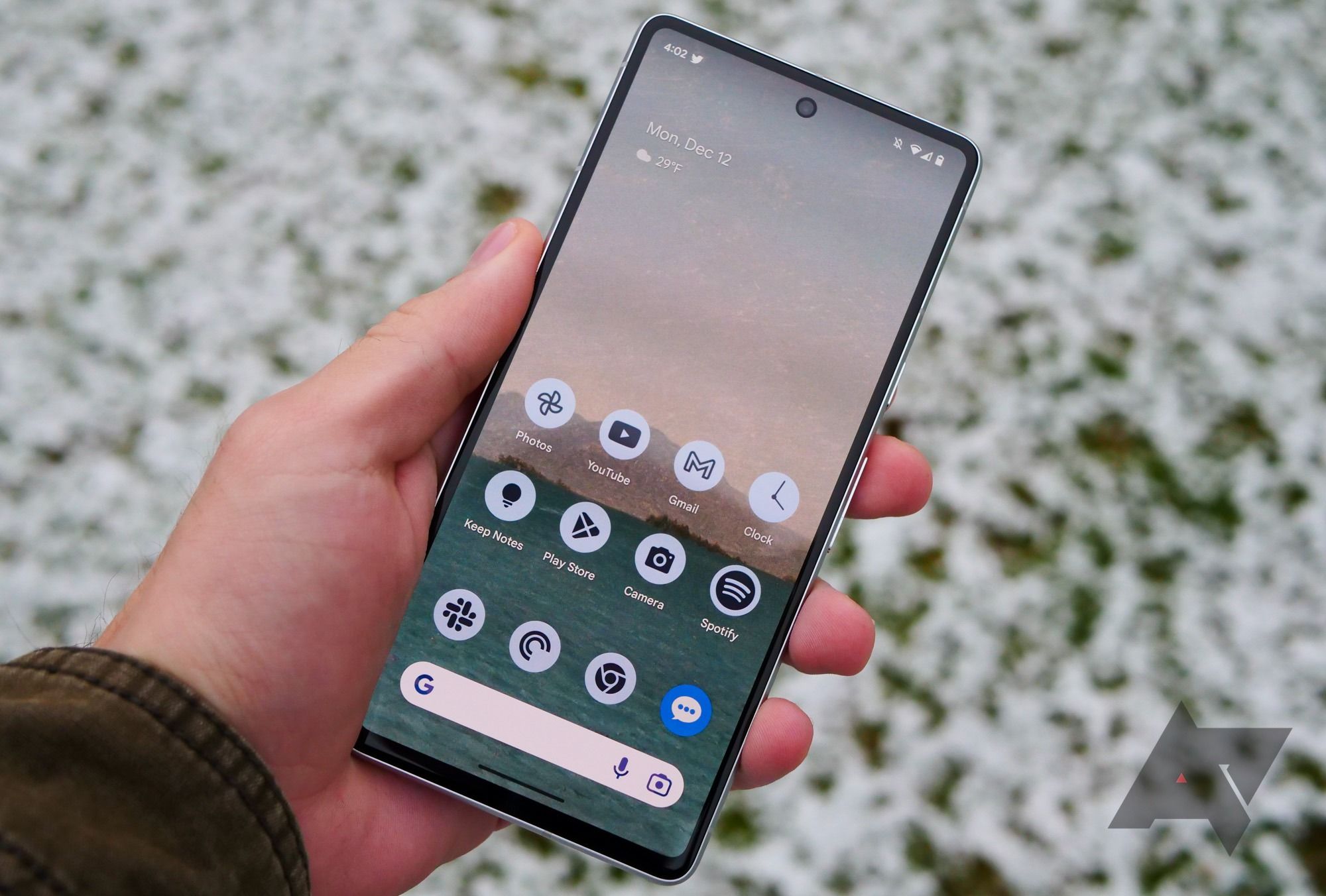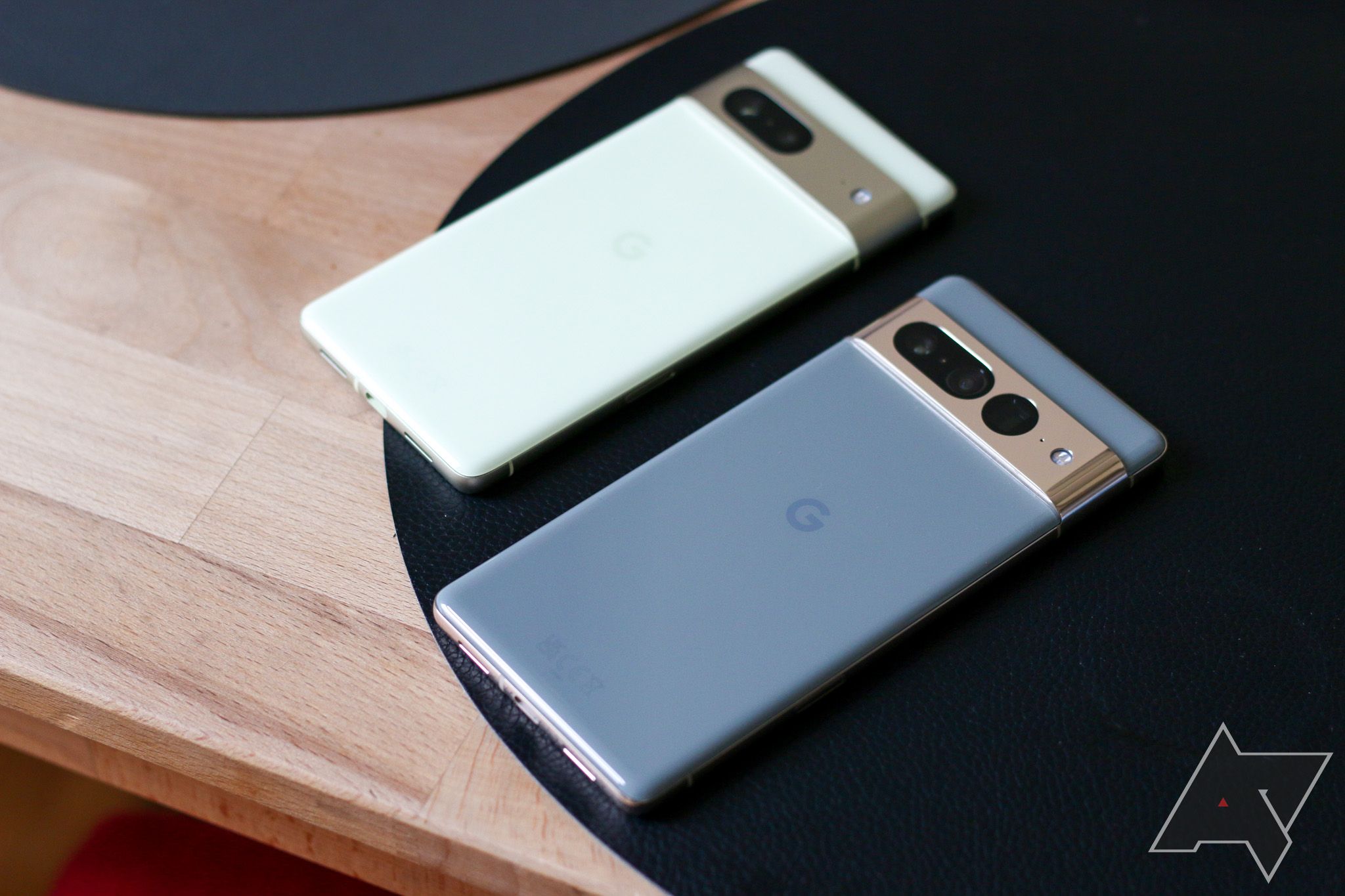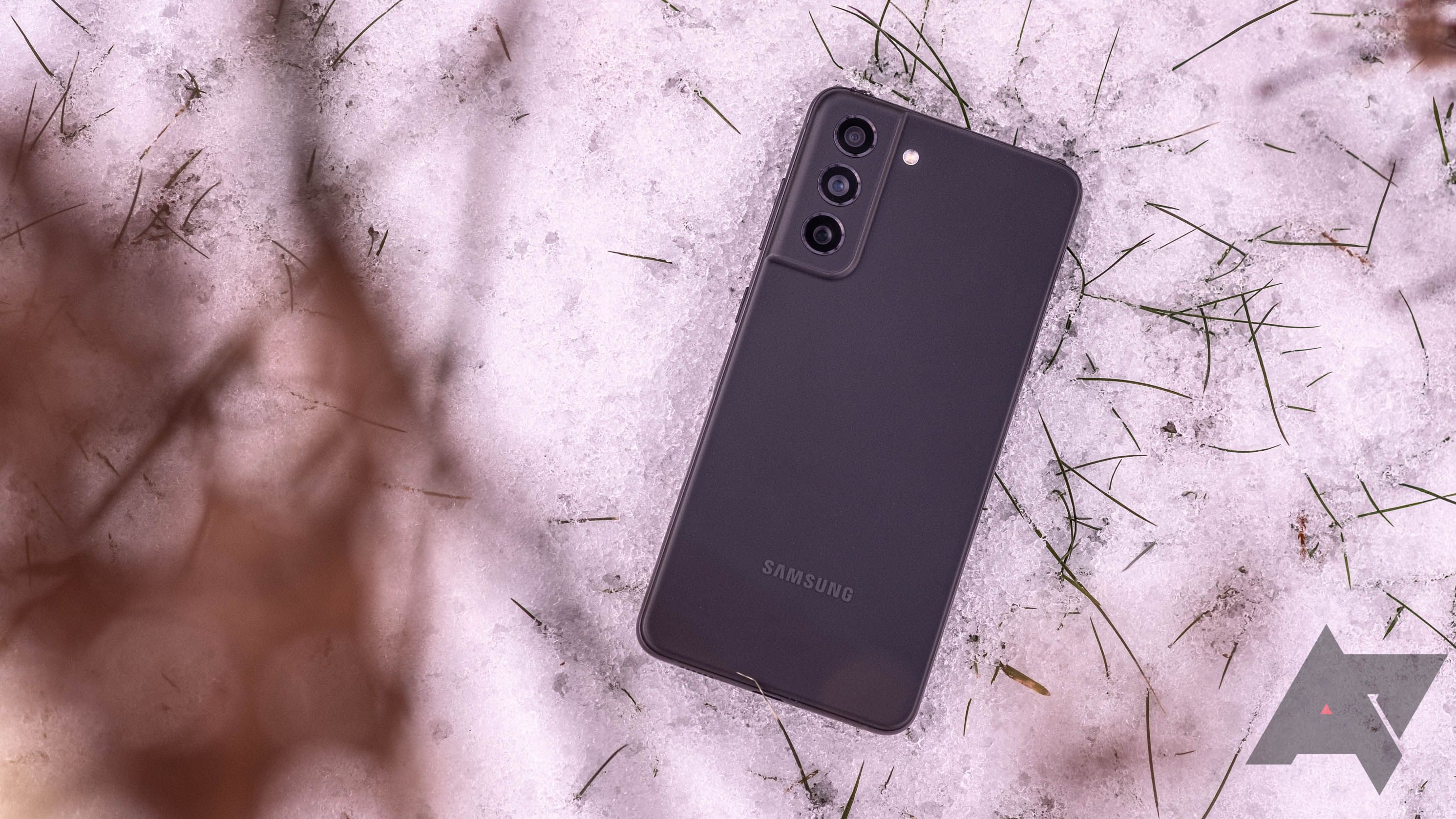It's no secret that flagship smartphones are expensive. Walk into any carrier store, and unless you're willing to trade in a recent device, you'll be on the hook for a pretty penny, either upfront or spread out over three years of monthly payments. Of course, you get plenty of benefits for the price: premium camera systems with multiple lens options; gorgeous, expansive AMOLED displays; top-of-the-line processors capable of console-grade gaming; optional add-ons like styluses or folding displays; and of course, the longest-lasting update support around.
On paper, all that can make it seem like spending a lot of money on an expensive smartphone is a wise investment. Much like buying a high-end computer, you're paying to future-proof your device, ensuring that your gadget will keep working three, four, or even five years down the road. But in 2023, the once-emerging field of "budget flagships" — devices that look and act premium for a fraction of the price — is really managing to cement itself as a mainstay in the industry, proving you probably don't need to drop $1,000 or more to get a five-star experience.
A premium experience at less-than-premium costs
Over the last six months, we've seen phones like the Galaxy S23 Ultra, Pixel 7 Pro, and Xiaomi 13 Pro burst onto the scene. Each has its fair share of pros and cons, just as each looks to push the mobile industry to new heights through a mix of impressive specs, jaw-dropping photography, and premium designs. Similarly, they're also expensive; the Pixel 7 Pro is the most affordable of the bunch with a starting price of $900, while Samsung and Xiaomi's phones range between $1,200 and $1,400.
All three devices look to offer users an utterly comprehensive experience, built to pull off everything you could possibly want to do on a smartphone. Sure, they handle basic tasks like messaging and navigation, but they're also designed to survive intense mobile gaming marathons, or, in Samsung's case, to turn into a desktop PC thanks to DeX mode. Whether or not they perform these functions better than dedicated devices like a Steam Deck or, you know, a fully fledged laptop is another discussion entirely — what matters is that these expensive gadgets can do everything, regardless of whether that's done well.
And that's where "budget flagships" come in. Sandwiched somewhere between midrangers like Samsung and Google's respective A-series products and true high-end devices, phones like the Pixel 7 and the OnePlus 11 take most of what makes more expensive smartphones special and delivers it at a much lower price. This field is also populated by phones from smaller brands like last year's Asus Zenfone 9, alongside possible upcoming contenders like the Nothing Phone 2.
What even makes a phone a "budget flagship?"
These devices are flagship-worthy in most ways, but dial back on just a couple ultra-premium components to hit that magic $500 to $700 price range. The Pixel 7 is the easiest example of these to spell out. For $300 less than the larger Pro model, here's a quick summary of what you lose:
- The 5x telephoto lens. This is, by far, the biggest sacrifice between the two models. Without it, the Pixel 7 is capable of hitting 8x with Super Res Zoom, rather than the 30x found on the Pro.
- That massive 6.7" 120Hz QHD+ OLED panel, which is replaced by a 6.3" 90Hz FHD+ OLED display. Personally, this is a non-issue on every level. At 416 ppi, the Pixel 7's screen is plenty sharp, and while I can see the difference between 60Hz and 90Hz, I can't say the same for 90Hz and 120Hz. Also, the screen is flat — a massive win for the smaller, cheaper Pixel 7.
- A reduction in RAM from 12GB down to 8GB.
- Some battery capacity, though it doesn't make much of a difference in day-to-day use, especially balanced against increased power draw from the beefier display.
And that's about it. There are some other minor differences — a matte aluminum finish around the camera bar and frame, compared to the polished metal on the Pro (Editor’s Note: Polished is garbage) — but largely speaking, the rest of the experience is identical. Truly, the missing telephoto lens and the 6.3" display are the only two downgrades between these models, and I'm sure some (myself included) would argue the smaller screen is actually a benefit, not a drawback. And as our reviews over the last two Pixel generations have summarized, it's not worth paying a $300 upcharge just for the telephoto lens.
The OnePlus 11 is an even more interesting example, as it keeps nearly all of the premium aspects of its predecessor, the OnePlus 10 Pro, while making just enough sacrifices to bring the price down to $700. Gone is wireless charging (boo!) and a USB-C to USB-C charger (weird!), but what remains is a flagship in nearly every other regard, right down to its processor and five year support cycle.
Frankly, these two phones demonstrate just how easy it is to find premium Android experiences that don't require four-figure price tags — and that's the point. As fun as it is to lust over foldables and phablets, getting a near-identical experience for half the price is all too easy these days, and you don't even need to give up powerful processors or impressive screens to do so.
An ever-growing space — if companies get it right
As we move through 2023, I'm hopeful more companies continue to invest in this space. Samsung, for example, is currently missing an offering in this price range; the smallest Galaxy S23 is just a tad too expensive to qualify in my eyes. The ever-rumored Galaxy S23 FE could fill in this gap, with the latest word pegging it for a year-end release.
That said, I'm not convinced the company has a firm grasp on how to produce a budget flagship. Although Samsung nailed the S20 FE several years ago, its follow-up, the Galaxy S21 FE, was far too expensive to compete in the market. If recent reports on the S23 FE are correct, an Exynos 2200 — the same chip that tanked the international S22's performance last year — could rear its ugly head once again. That would be a massive misstep on Samsung's part, though as always with FE-series devices, it's possible this phone never even makes it to market.
Still, the Pixel 8 is on its way for an expected fall launch, Asus's next Zenfone has already started leaking, and the Nothing Phone 2's reliance on a Snapdragon 8+ Gen 1 seems promising — as long as the price is right. That's plenty of choice, and it's clear demand for these products exists; a recent Android Police poll saw 57% of respondents reporting interest in affordable flagships that compromise on certain features to meet an affordable price tag. Even if Samsung refuses to re-enter this market with a worthy contender, the age of the budget flagship will continue to march on. And frankly, we're all better for it.

